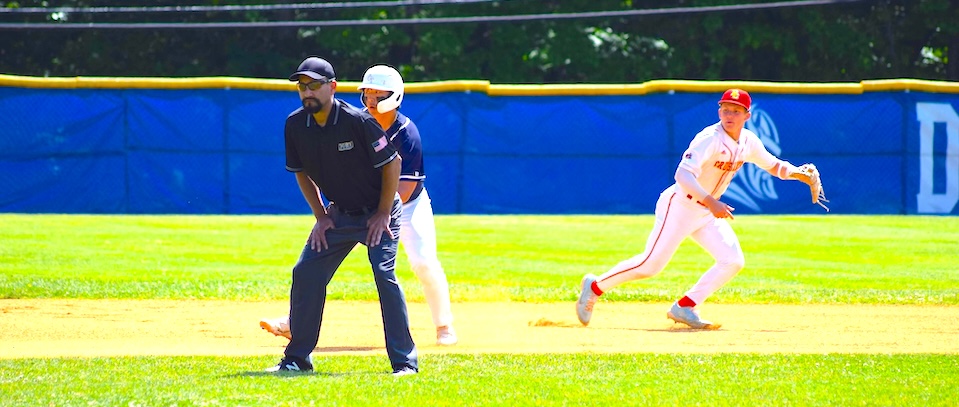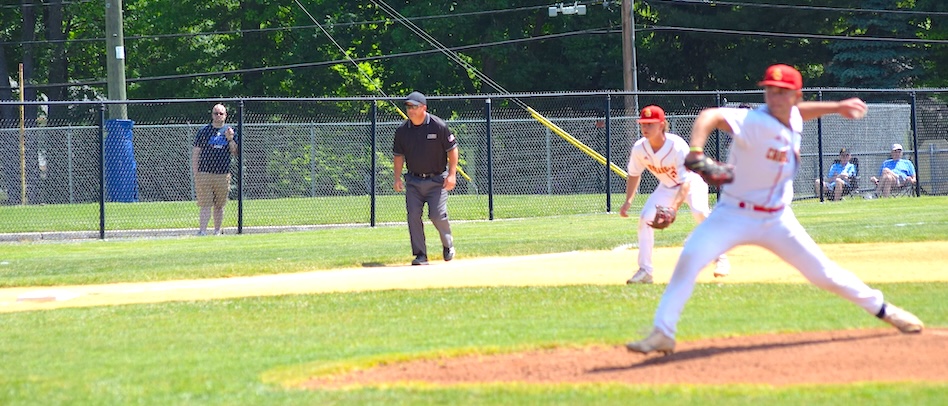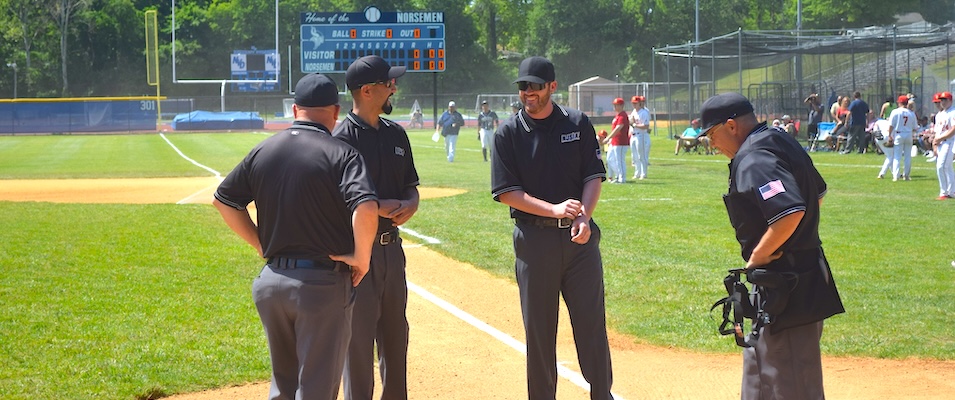About Us - Mission Statement
The Bergen County Umpires Association is an organization of baseball and softball umpires certified to officiate high school contests in New Jersey.
Our purpose is:
- promote the welfare of the games of baseball and softball on the county level by uniformly interpreting and administering the rules of those games as set forth by the New Jersey State Interscholastic Athletic Association (NJSIAA) and the National Federation of High School Associations (NFHS).
- promote and maintain the highest degree of baseball and softball officiating by following a uniform set of mechanics and have available at all times an adequate number of thoroughly trained and capable umpires.
- preserve the traditions, foster the ideals, advance the interests and improve the quality and prestige of the baseball and softball umpires through a comprehensive program of classroom training and on-the-field experience and develop a spirit of friendship and maintain a high standard of ethics among umpires.





